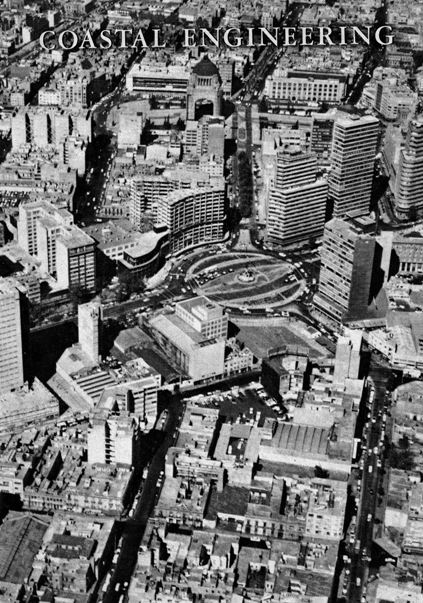Abstract
The Tetrapod was invented twelve years ago and the first breakwater with a Tetrapod protection was built eleven years ago. It is felt that a review of the results since obtained with these artificial blocks may be of some interest, preferably in the form of an objective practical examination of the behaviour of Tetrapod-protected structures during the past few years, and of the way in which they have stood up to bad weather during the period. First, however, a brief description will be given of the development of the Tetrapod and the Tetrapod technique. Most breakwaters are of the rubble-mound type, because of the very good hydraulic properties of this type of design ; the seaward slope, roughness and "porosity" of their facings are generally such as to ensure the gradual destruction of wave energy, reduce wave overtopping and reflection and minimize toe erosion risks.
Authors retain copyright and grant the Proceedings right of first publication with the work simultaneously licensed under a Creative Commons Attribution License that allows others to share the work with an acknowledgement of the work's authorship and initial publication in this Proceedings.

